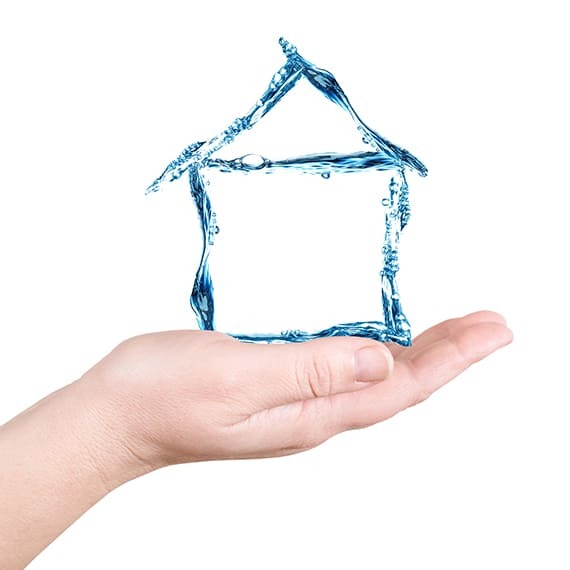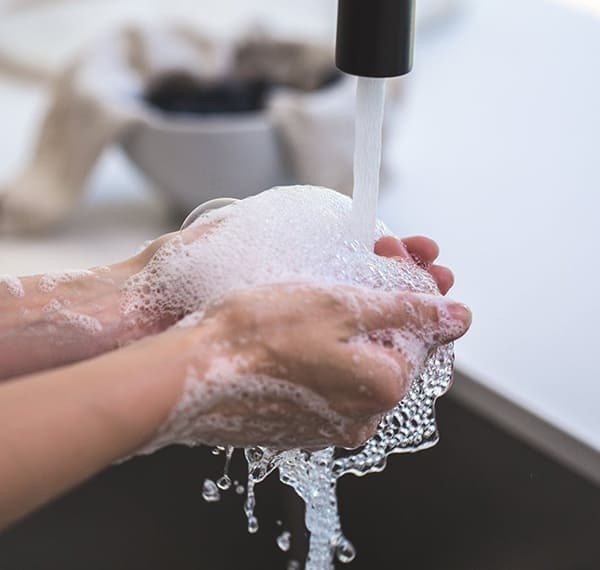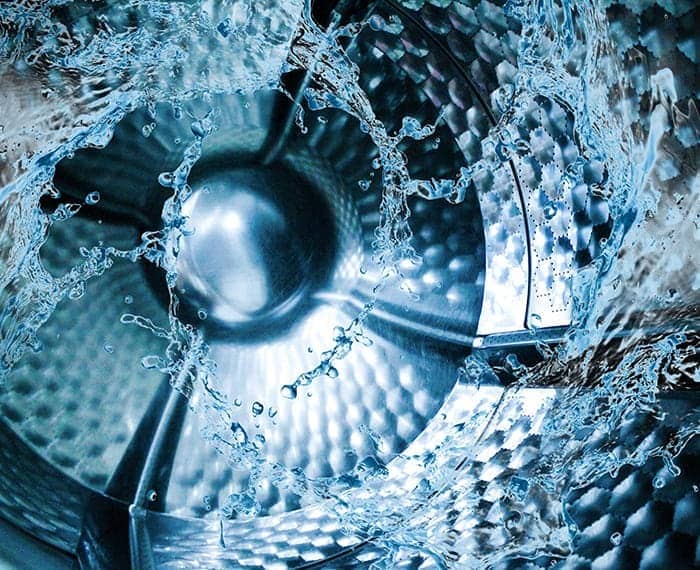Contact Us
What Are Water Efficiency Calculations?
According to the Planning & Building Regulations update from April 2010, requirement G2 mandates that all new build or conversion dwellings must undergo a water efficiency calculation. This regulation is essential for ensuring that buildings are designed and constructed to minimize water consumption, thereby promoting sustainable water use practices. The regulation specifies that “reasonable provision must be made by the installation of fittings and fixed appliances that use water efficiently for the prevention of undue consumption of water.”
The regulations set a maximum limit of 125 litres of potable water per person per day. This total includes 120 litres for internal water use, such as drinking, cooking, and washing, plus an additional 5 litres per person per day for outdoor water use, like gardening or car washing. It is important to note that some local authorities, particularly in water-stressed areas like London and the South, may impose stricter targets, requiring even greater water efficiency.
Failure to comply with these water efficiency standards can have significant consequences. Non-compliance may negatively impact your Standard Assessment Procedure (SAP) calculation, which is used to assess the energy performance of a dwelling. A lower SAP score can result in a reduced Energy Performance Certificate (EPC) rating, which can affect the marketability and regulatory compliance of your property.
If you’re visiting this page, you might also need some of our other services. If you’re unsure which services are right for you, you can check here or get in touch with our team for guidance.

When Should You Get Water Calculations Done?
We have learnt the importance of getting your Part G calculations completed at the design stage. It is far easier to change the bath you are planning on buying than it is to change the bath you have already bought and installed.
We’ve also found that the easiest ways to ensure a pass on your water efficiency calculations are to concentrate on the products with the highest use factor. A use factor is the multiplication applied to the capacity/flow rate of your fittings, based on how often they are likely to be used. Therefore, it’s good to be aware of the items that have a high use factor, and make those ones as energy efficient as possible.
For example, in a property with both a shower and a bath, the shower has a use factor (multiplication) of 4.37, compared to the bath’s use factor of 0.11. This is based on the assumption that showers get used an awful lot more than baths in most households. In this instance, it’s worth putting a lot of emphasis on purchasing a shower with a low flow rate.
We encourage you to have a chat with us for further information on water efficiency calculations.

Why Should You Get Water Calculations Done?
Outside of them being specifically requested in the building regulations, it’s important that we all consider our impact on the environment.
By ensuring that your development complies with the maximum limit of 125 litres of potable water per person per day, you are also ensuring that you’re not contributing to excess water use.
Ethical reasons aside, using fittings with low flow-rates and capacities could mean you also make significant savings on your water bill.

Which Appliances And Products Are Affected?
Toilets – These will have either a single flush or a dual flush. We need to know this capacity in litres.
Taps – We need to know the flow rate of your kitchen taps and bathroom taps, this is measured in litres per minute.
Baths – These are measured as the total capacity of the bath to the overflow (in litres).
Showers – The flow rate of each shower is calculated in litres per minute.
Dishwashers – Measured as litres of water use ‘per place setting’. That means the amount of litres used in a standard cycle, divided by the number of place settings held by the dishwasher.
Washing Machines – These are measured as ‘litres per kilogram of dry load’. That’s the litres of water used in a standard cycle, divided by capacity of dry clothes that the washing machine can take in kilograms.
Get in touch for a Water Efficiency Calculation
Contact us today to get started with the process of obtaining a water efficiency certificate for your development. We work across the whole of the UK.
Our experienced and friendly team of experts will guide you through the entire process and will get you on track to obtaining the pass certificate you need under Part G of UK Building Regulations.